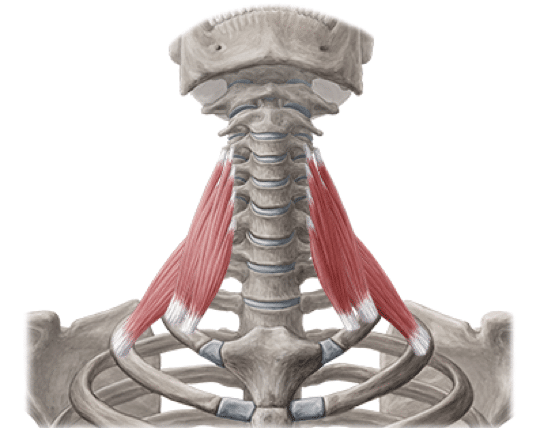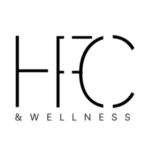Neck pain is a common ailment that affects a significant portion of the population, impacting daily activities and overall quality of life. According to the American Physical Therapy Association, nearly two-thirds of the population will experience neck pain at some point in their lives.
In the United States alone, neck pain is responsible for a substantial number of visits to healthcare professionals each year, ranking as the fourth leading cause of disability. With an increasing reliance on technology and sedentary lifestyles, the prevalence of neck pain is on the rise, making it a critical issue that requires attention and awareness.

Understanding neck pain involves recognizing its causes, symptoms, and the most effective ways to manage it. By equipping yourself with the right information, you can take proactive steps to alleviate discomfort and prevent future occurrences.
Here, we explore the top three things everyone should know about neck pain to help you better understand and manage this common issue.
Muscles Contributing to Neck Tightness and Pain Due to a Forward Head Position
A forward head position is a common postural issue that can result in neck tightness and pain in various muscles.
The following muscles are often affected:
Scalene Muscles
- These consist of three pairs of muscles on either side of the neck. They play a crucial role in the rotation and lateral flexion of the neck. Tightness in these muscles can lead to discomfort and restricted mobility.
Sub-occipital Muscles
- Situated at the base of the skull, these four pairs of muscles are responsible for fine motor movements such as head rotation and extension. When these muscles become tight, they can contribute to tension headaches and neck stiffness.
Pectoralis Minor Muscles
- Located at the upper part of the chest, these thin triangular muscles are involved in the movement of the shoulder girdle. Tightness here can pull the shoulders forward, exacerbating the forward head posture and contributing to neck pain.
Subscapularis Muscles
- These large triangular muscles are located at the back of the shoulder blade and play a significant role in stabilizing the shoulder joint and facilitating arm rotation. When these muscles become tight, often due to poor posture or repetitive movements, they can contribute to discomfort not only in the shoulder but also in the neck area, as the interconnectedness of muscles in the upper body means tension in one area can affect another. Addressing tightness in the subscapularis muscles through targeted stretching and strengthening exercises can help alleviate associated neck pain and improve overall posture.
3 Things About Neck Pain Everyone Should Know
Common Causes of Neck Pain
Neck pain can arise from various causes, ranging from poor posture to more complex medical conditions. One of the most prevalent causes is prolonged periods of sitting or working in awkward positions, often due to technology use. Other causes include muscle strains from overuse, injuries such as whiplash, and degenerative diseases like arthritis. Understanding these causes can help in identifying and correcting habits that may contribute to neck discomfort.
Recognizable Symptoms
While neck pain itself is a symptom, it is often accompanied by other indicators that can help in diagnosing the underlying issue. Common symptoms include stiffness, headaches, muscle spasms, and a limited range of motion. In some cases, individuals may experience numbness or tingling that radiates to the shoulders and arms, which could indicate nerve involvement. Being aware of these symptoms can assist in seeking timely medical advice and appropriate treatment.
Effective Management and Prevention Strategies
taking regular breaks from screen time, and incorporating ergonomic tools into your workspace. Stretching exercises and strengthening routines can also play a crucial role in alleviating discomfort and enhancing flexibility. For those experiencing acute or persistent pain, consulting with a healthcare professional, such as a physical therapist, can provide personalized guidance and treatment options. In some cases, therapies like massage, acupuncture, or chiropractic adjustments might offer additional relief.
Preventive measures are equally important in managing neck pain. Developing healthy habits, such as staying physically active and being mindful of your body mechanics during daily and outdoor activities, can significantly reduce the risk of future issues. Furthermore, ensuring a restful night’s sleep with a supportive pillow can aid in maintaining proper neck alignment.
Conclusion
Understanding neck pain is essential in managing its effects on daily life and overall well-being.
By becoming aware of the common causes, recognizable symptoms, and effective management strategies, individuals can take proactive steps to alleviate discomfort and prevent future occurrences.
Emphasizing the importance of good posture, regular exercise, and ergonomic practices can significantly reduce the risk of developing neck pain. Additionally, seeking professional advice when necessary ensures that any underlying issues are addressed promptly and appropriately.
By integrating these insights into your daily routine, you can enhance your quality of life and maintain a healthy, pain-free neck.
Health First Chiropractic is conveniently located in Glen Allen, in the Far West-end, near Innsbrook, Wyndham, Twin Hickory, and Short Pump.
We look forward to helping you with your chiropractic, health, and wellness needs.
Give us a call today: 804-270-6010



